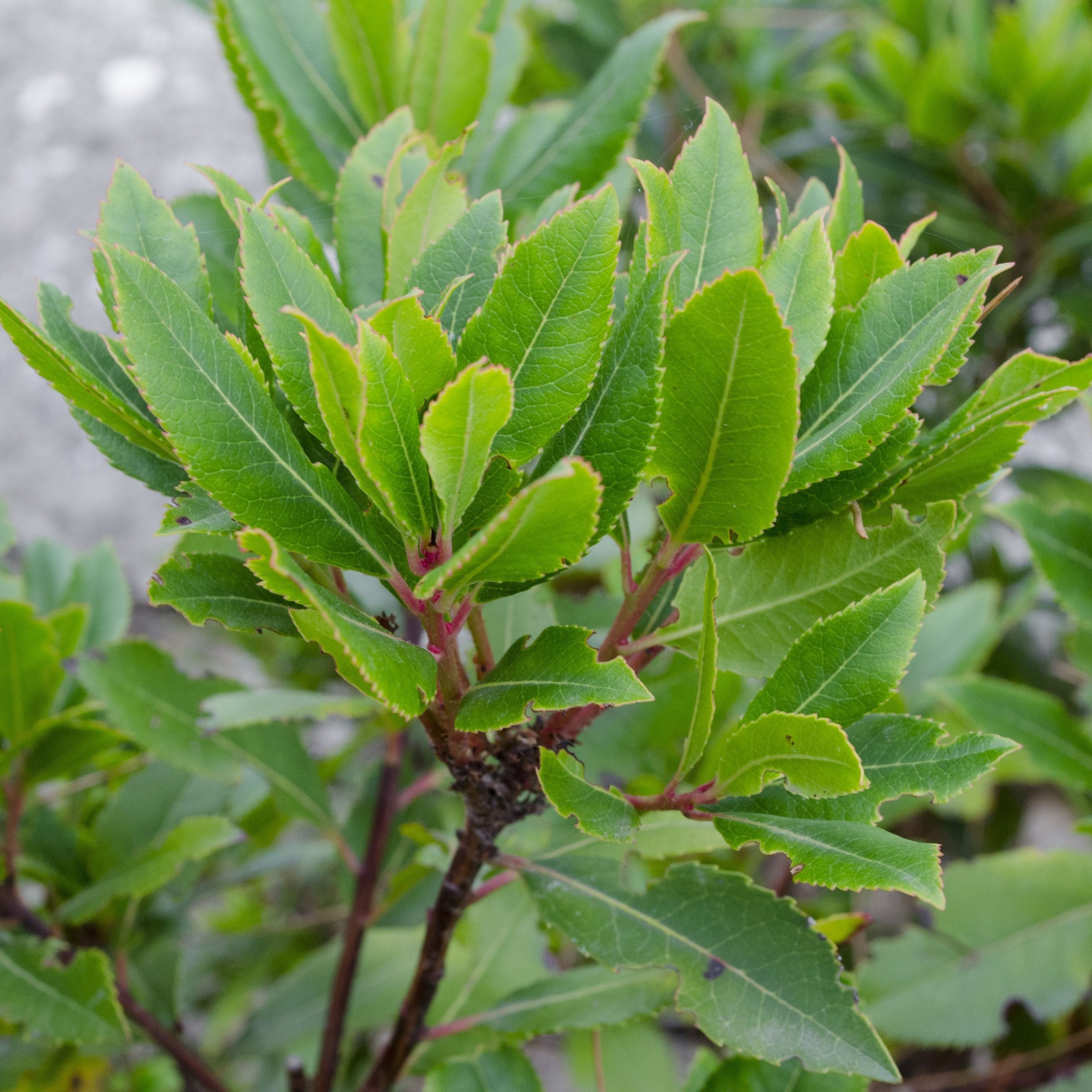Bay laurel, also known as sweet bay or simply bay leaf, is a versatile herb that adds a bold, distinctive flavor to soups, stews, sauces, and more. While bay laurel can grow into sizable trees in warm climates, they also thrive when grown in containers. With proper care, you can enjoy fresh bay leaves from your own potted bay laurel plant for years to come.
Why Grow Bay Laurel in Pots?
Bay laurel is native to the Mediterranean region and prefers warm, sunny conditions. In zones 8-11, it can be grown outdoors year-round. For cooler climates, container growing allows the plant to be moved indoors during winter. This protects the plant from frost damage. Plus, keeping bay laurel in a pot maintains a smaller, more manageable size. Left in the ground, bay laurel can reach up to 50 feet tall. Pots restrict root growth, limiting the plant’s ultimate height.
Sourcing a Bay Laurel Plant
Purchasing a young bay laurel plant is recommended over starting from seed. Seeds can take months or even years to germinate Look for healthy plants at your local nursery or garden center. Select a plant in a 1-3 gallon pot size.
Choosing the Right Pot
- Use a container with drainage holes to prevent soggy soil. Add a tray below to catch excess water.
- Terra cotta, fabric, and plastic pots all work well.
- Start with a pot 2-4 inches wider than the nursery pot.
- Upgrade to at least a 5-gallon pot as the plant grows.
How to Pot Up Your Bay Laurel
- Add weed barrier cloth or burlap to the pot bottom.
- Fill the bottom half of the pot with well-draining potting mix.
- Remove the plant from its nursery pot and place it in the new container.
- Fill remaining space with more potting soil.
- Water thoroughly until it drains from the bottom.
Ideal Growing Conditions
- Sunlight: At least 6 hours of direct sun daily. South or west-facing windows work best indoors.
- Temperature: Maintain 60-90°F. Avoid contact with cold windows in winter.
- Soil: Use a quality potting mix with added perlite or sand to improve drainage.
- Water: Allow soil to dry 1-2 inches deep before watering. Never let it dry out completely.
- Humidity: Mist leaves regularly to boost humidity around the plant.
Ongoing Bay Laurel Care
- Fertilize in early spring and late summer with organic fertilizer high in nitrogen.
- Repot every 2-3 years in a slightly larger container.
- Prune lightly in spring to promote bushy growth.
- Inspect for pests like aphids before bringing indoors. Use insecticidal soap if needed.
- Move indoor plants to a sunny window and allow time to adjust to the new environment.
When and How to Harvest
- Wait until the plant is at least 2 years old before harvesting.
- Use clean pruners or scissors to snip stems or individual leaves.
- Take conservatively when the plant is young.
- Harvest only lightly and allow regrowth.
Drying and Storing Bay Leaves
- Dry leaves or tied stems in a cool, dark place for 2-3 weeks.
- Remove dried leaves and place in an airtight jar or container.
- Store in a cool, dark place. Dried leaves will retain flavor for up to a year.
With its aromatic flavor and low-maintenance growth habits, bay laurel makes an excellent container plant for any herb garden. Follow this bay laurel potting guide for success growing your own fresh bay leaves!
Fertilizer
In the spring, use a balanced organic fertilizer like fish emulsion or kelp to feed a bay laurel plant that was grown in a pot. Because bay laurel is slow-growing, it doesn’t require much food when grown outdoors in the landscape.
However, bay laurel plants grown in containers need supplemental fertilizer. Also, it’s helpful to add new soil to the top few inches every spring, being careful not to hurt the shallow roots.
Winter Dieback
Winter dieback can happen with garden-grown and potted bay laurels left outdoors too long as winter approaches. A bay laurel hit by a light frost will experience brown, dry leaves. Often the tree will recover on its own the following spring.
If your tree shows signs of die-back in the spring, prune the stems below the damage. In the worst cases, cut the plant down to about 6 inches and let new shoots grow from the base.
How To Grow Bay Laurel in Pots – Complete Care Guide
FAQ
Can bay laurel be grown in pots?
Can you grow laurel in a container?
Can bay laurel be kept small?
How to look after bay trees in pots?
- The Ultimate Guide to Growing Strawberries in Raised Beds - August 8, 2025
- No-Dig Garden Beds: The Easiest Way to Grow a Beautiful Garden - August 6, 2025
- How to Protect and Preserve Wood for Raised Garden Beds - August 6, 2025

